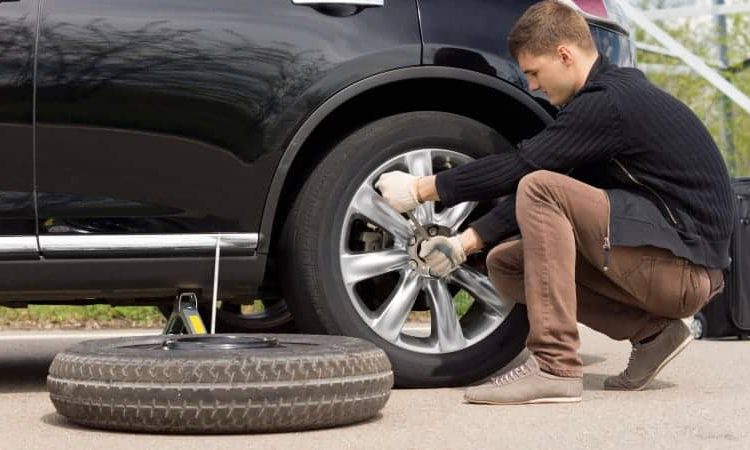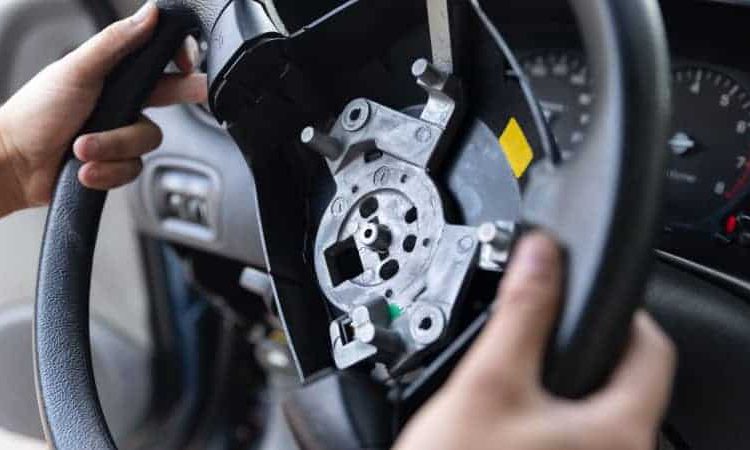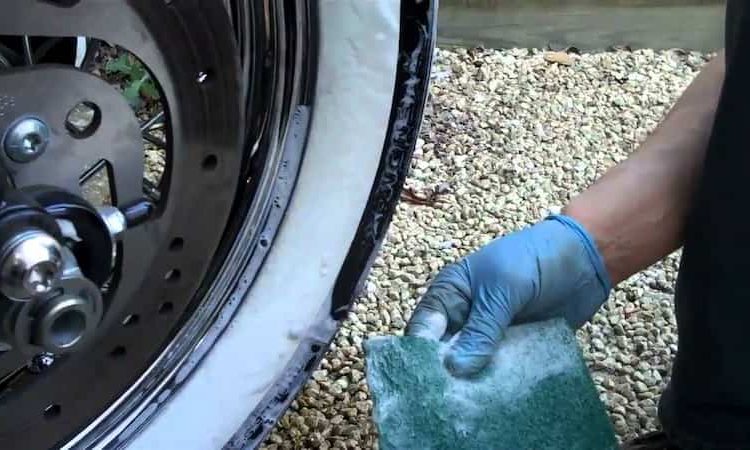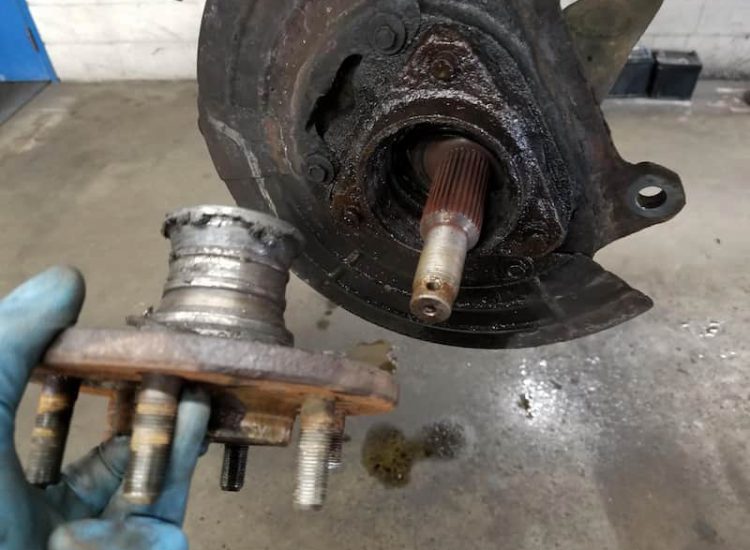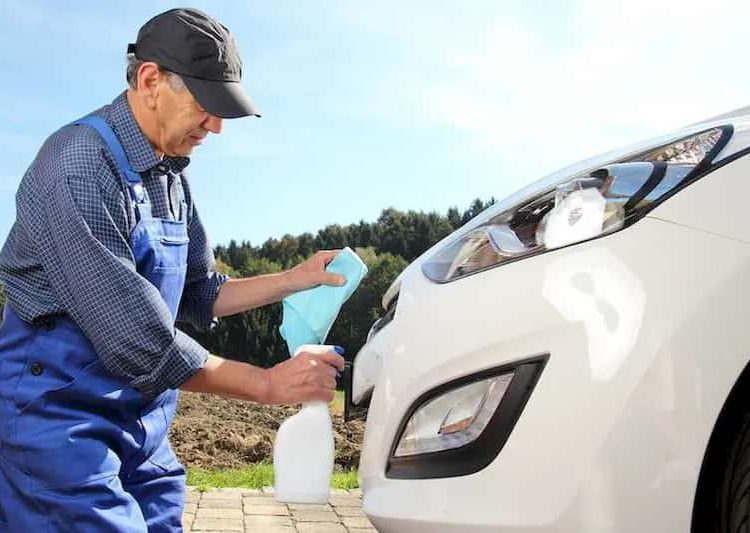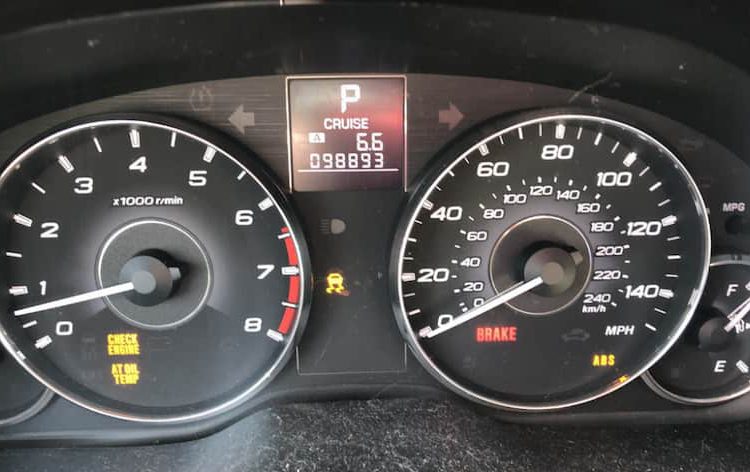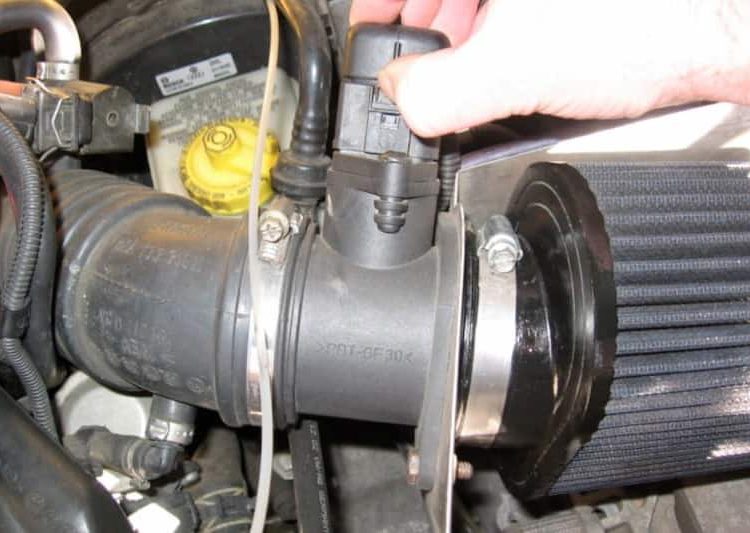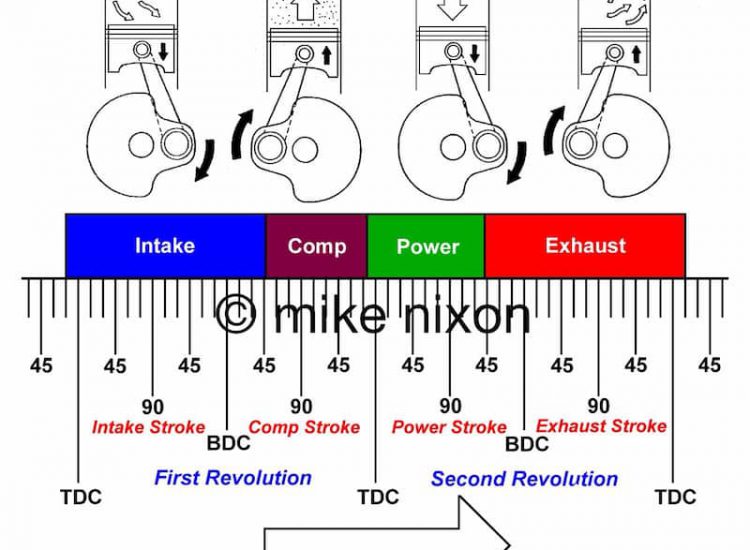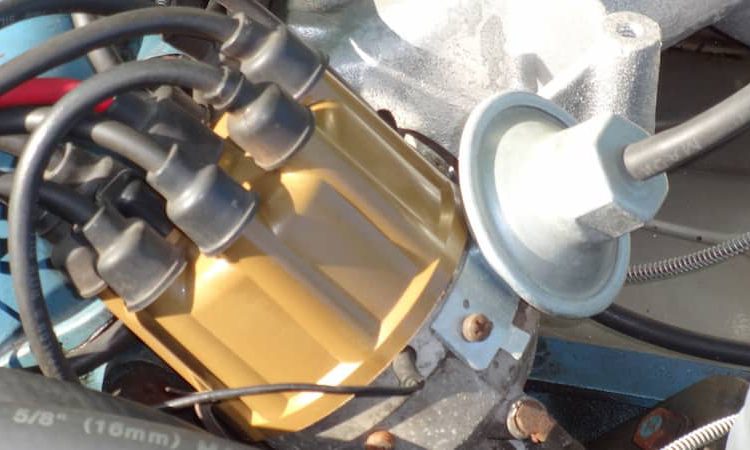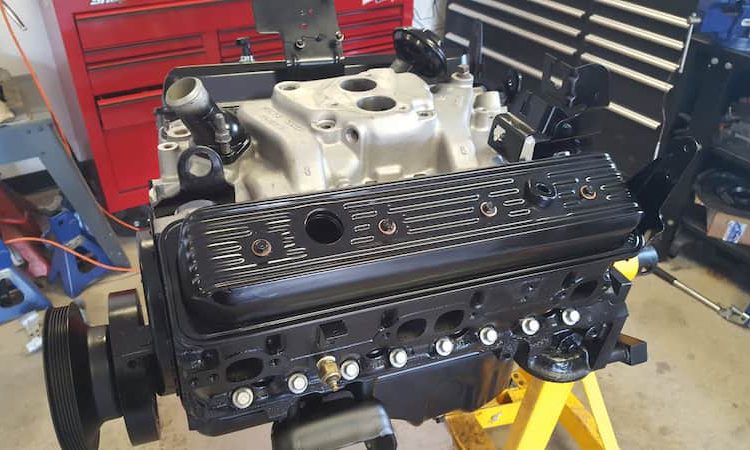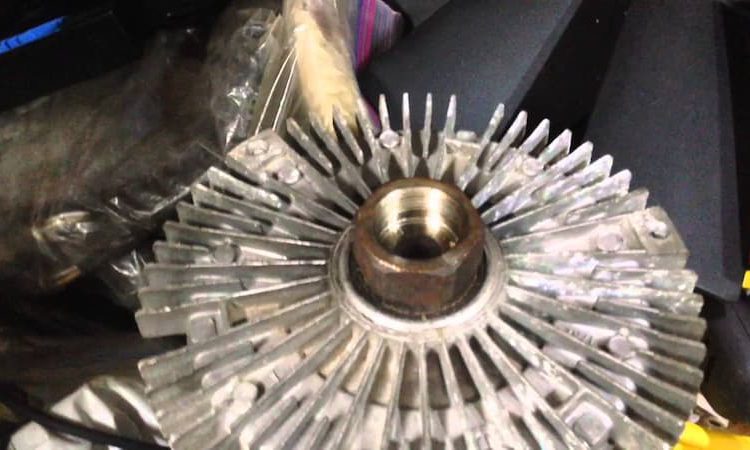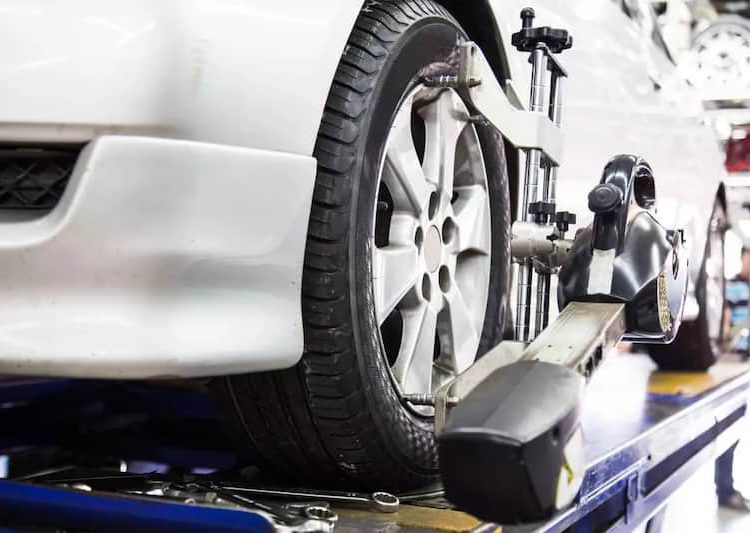Whether large or small, every part of our vehicle, easy to find or hidden deep in the system, plays a vital role in all operations. Therefore, it is essential to learn to get information and understand the structure of these details in vehicle control, especially with parts closely related to the operation of cars like Axle.
Toc
So today’s article will provide you with important information about how many axle on a car and associated matters.
What Is An Axle?
People often compare the Axle to the human backbone because of the nature and importance for vehicles in general, not just cars.
We all know that wheeled vehicles and internal combustion engines often have a similar operating process: refueling, mixing and burning, driving to the wheels, and making the device.
The wheel hub is the central transmission part that causes the wheel to rotate, thereby generating work and moving the vehicle.
In addition to the effect of transmitting power, this part also has an equally important function of fixing the wheel to the car to prevent it from falling while operating, leading to a risk of unsafety.
The axles also reduce the load and pressure due to the weight of the cargo and the driver created when sharing less impact force. As a result, manufacturers often combine this characteristic of the Axle with Tires Load Range C vs D to increase stability for transport vehicles.
How Many Axle On A Car?
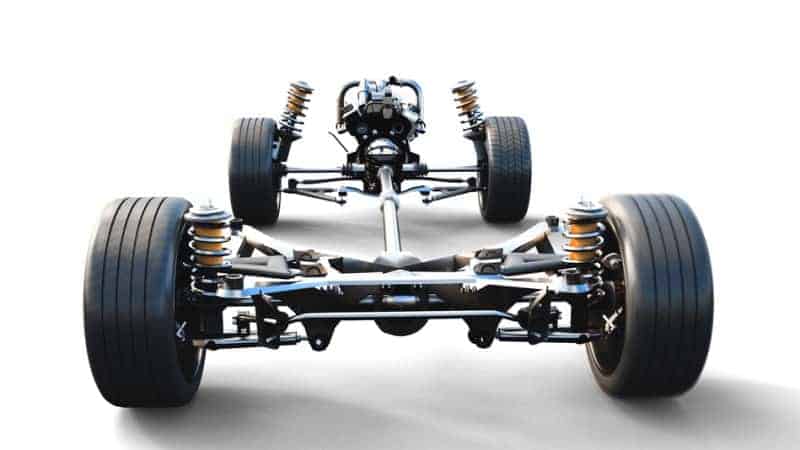
Although the Axle plays a significant role in wheel-driven vehicles in general and automobiles in particular, it does not mean that there is a different standard for this part as with the vehicle’s SRS system. Instead, depending on the manufacturer’s design, the number of axles on the car will change.
Usually, popular cars will have two main shafts to rotate the wheels. Meanwhile, large vehicles designed to carry more passengers and goods will have more axles to assist instead of letting the wheels and main axles bear the whole.
This structure prevents the tire from bursting midway because of too much pressure. With vehicles with more spins, it is understandable that there are more axles.
To guess how many axles the car owns in total because we can also do this activity with the naked eye. However, to be sure, you still need to refer to the instructions from the manufacturer.
The detailed steps are also quite simple when we need to look at our car from the side and then count how many pairs of tires there are in total. Most cars have four tires, or two sets of tires, with one in the front and one in the rear.
Types of Axle
The Axle itself is also available in different types to suit the needs of each vehicle. Here, we have a total of 3 standard axles that cars are using.
- Rear Axle: This extremely popular Axle is responsible for transmitting power to the wheels and making them rotate. The rear Axle is composed of two halves called half axles, and these two axles are through a differential.
- Front Axle: Located at the front of the vehicle, this Axle is responsible for steering and handling shocks from uneven road surfaces. They have four main parts: beam, pivot pin, handlebar, and stub shaft.
- Crane axle: The crane shaft is attached to the vehicle’s front wheel, with pins connecting these axles to the Front Axle.
In addition, each different type of shaft has different variations corresponding to the varying operability depending on the purpose of that part.
Types of rear axles
- Semi-Floating Shaft: The latter connects the wheel to the flange on the shaft and holds it in place.
- Fully floating stick: As the name implies, this type of shaft effectively floats in place and maintains its position, thanks to two ball bearings. This shaft is to transmit only driving torque.
- Three-quarter floating shaft: It is more complicated than a semi-floating shaft and more reliable. It helps maintain wheel alignment and handles lateral thrust and driving torque.
Types of front axles
- Dead front Axle: These axles stay in place and do not rotate with the wheel. Most front axles and differentials have housings that prevent them from coming into contact with water or dirt.
- Direct front axle: Unlike a dead front axle, a live front axle transmits power from the transmission to the front wheels.
Common Axle Problems
During operation, there will be some problems that the shaft often encounters that you need to pay attention to, such as:
- Clicking Noise: The clicking sound when in operation is a sign that the shaft coupling is too loose, and you need to tighten the screws.
- Vibrations: If you’re experiencing vibrations like “why is my check engine light flashing and car shaking“, chances are you’ve got a damaged CV shaft.
- Grease on the Wheels: The CV joint has a rubber cap that helps keep the oil lubricated. When cracked, grease will slowly flow out, lubricating the car’s rims and tires.
Frequently Asked Questions(FAQ’s)
+What happens if my Axle breaks?
Shaft breakage is highly likely to lead to loss of control, and the wheel corresponding to that part will tend to drift freely. It is one of the heaviest damage and usually occurs when there is a huge impact, a common phenomenon when you run over the speed limit when equipped with snow chains .
+How much is it to replace an axle?
To repair and replace the Axle on the car, you will need to spend between 500 and 1000 USD
+Is 4WD safer than 2WD?
Since the 4-wheel drive system sends power to all wheels, losing control of the vehicle at too high a speed is more complex than with a 2WD system.
Conclusion
Through today’s article, we hope that you have got the correct answer to the question of how many axles are on a car. From there, I know more about the vehicle I am driving.
